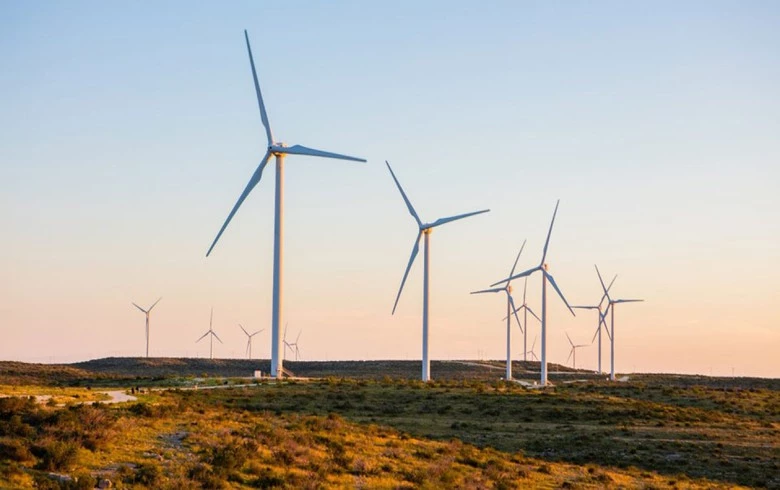BP has announced the completion of a significant technological upgrade at its Fowler Ridge 1 wind farm in Northwest Indiana. The improvement is expected to boost the facility’s electricity output, efficiency, and reliability considerably.
The installation of cutting-edge Vestas turbines, projected to generate up to 40% more electricity, is the centrepiece of the revamp. These turbines are expected to produce an average of 314,000 kilowatt-hours per year. Further, they may possibly power 27,000 houses with renewable electricity. Even at lower wind speeds, the new technology excels in efficiency, maximising power output from existing wind resources.
Also Read: Canadian Solar announce new 5 GW solar production facility, Indiana
The significant update included the upgrading of 40 turbines, which included the installation of 120 individual blades. Additionally, 40 new nacelles, which housed power production equipment and transformers atop the wind towers. The project’s capital expenditure of around $100 million matches BP’s estimated returns for renewables.
Details on the Fowler Ridge Wind farm
As the operator of all three Fowler Ridge wind farms, BP maintains 355 turbines. They provide enough power to power about 195,000 Indiana households each year. BP owns the whole Fowler Ridge 1 and 3 wind farms, demonstrating the company’s commitment to sustainable energy practices. Furthermore, the firm now runs nine onshore wind farms in six states and has a stake in a tenth in Hawaii. BP’s U.S. wind farms have the ability to power more than 540,000 households per year with renewable electricity, with a present gross onshore wind capacity of 1.7 gigatonnes (1.3 gigatonnes net capacity).
The business intends to recycle the wind farm’s defunct blades, diverting up to 3.3 million pounds of material from landfills. The blades will be shredded and mixed with raw ingredients to make cement.
Orlando Alvarez, chairman and president of BP America, emphasised the significance of the project, adding that it is a significant improvement for the wind farm and another investment in BP’s low-carbon energy future. It demonstrates the company’s plan in action, contributing to a more secure, cheap, and low-carbon energy mix while working towards its net-zero goal.

